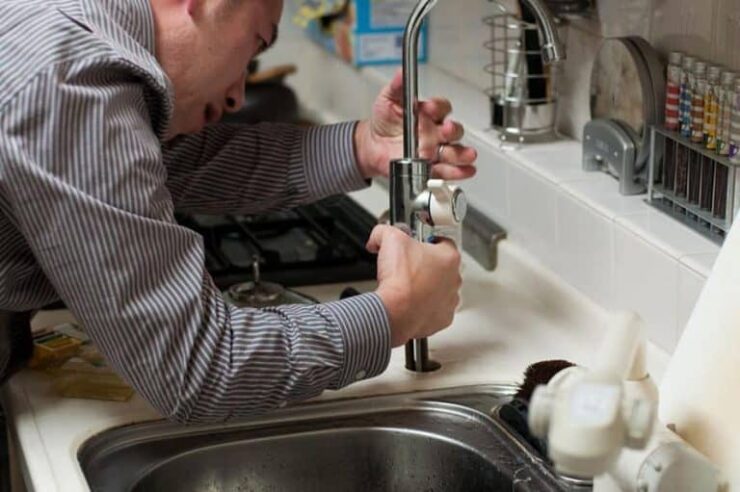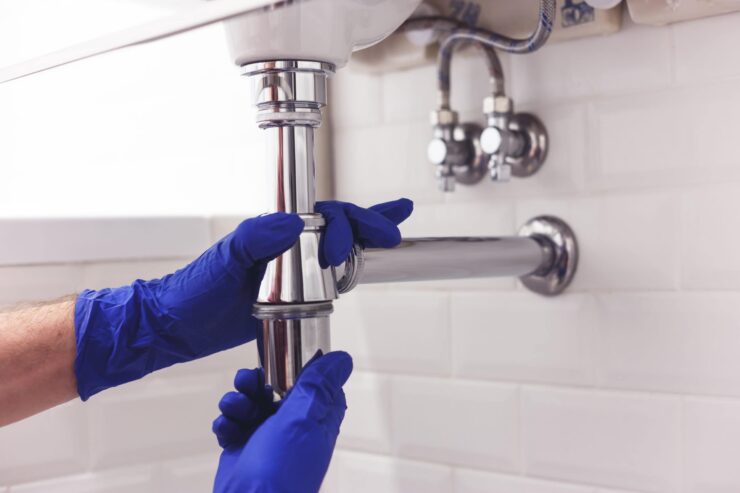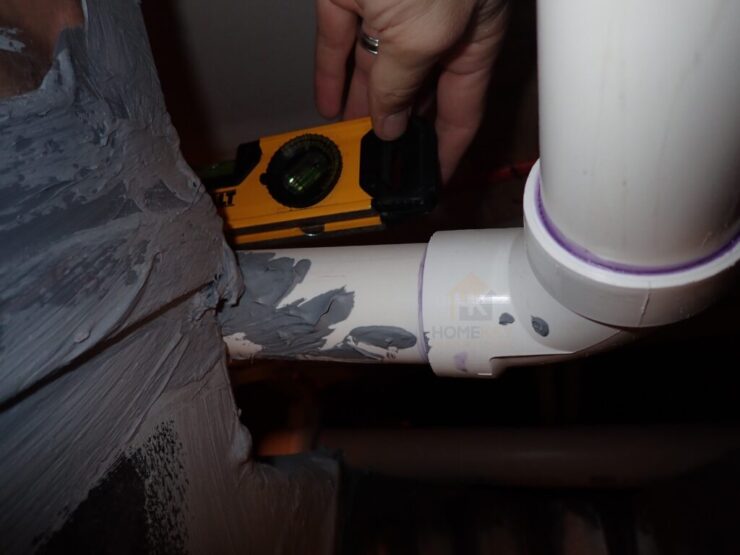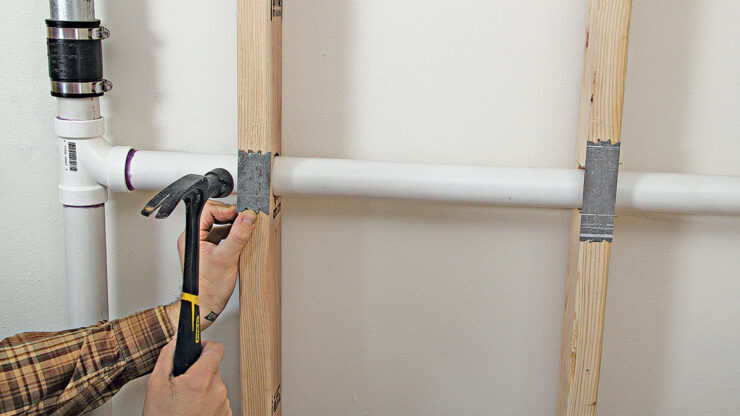Plumbing is the lifeline of modern homes, ensuring a constant supply of water and the efficient removal of waste. Most of us take this essential system for granted until something goes wrong. In the age of online tutorials, it’s tempting to roll up your sleeves and fix the problem yourself. However, the truth is that DIY plumbing can quickly turn disastrous, leading to costly damage and even hazardous conditions. In this comprehensive blog post, we’ll explore the most common plumbing disasters that can happen when you tackle repairs yourself and provide valuable insights to help you avoid them. Let’s dive in!
Over-Tightening Connections
A common DIY plumbing mistake is over-tightening connections, resulting in broken bolts, stripped screws, and damaged fittings. While you may think that a tight connection is a secure one, excessive force can weaken the materials and ultimately cause leaks. It’s essential to strike a balance between too tight and too loose. If you’re unsure, it’s best to consult a professional plumber or watch a reputable tutorial that demonstrates the proper technique.
Using the Wrong Tools

The right tools are crucial for any plumbing job, but many DIY enthusiasts resort to makeshift solutions. Using the wrong tools can damage your plumbing system and lead to expensive repairs. For example, using a wrench that is too big can strip the threads on a pipe or fitting, while using a screwdriver to pry open a stuck valve can cause irreparable damage. Invest in quality tools, and make sure you know how to use them correctly to avoid disasters.
Mismatched Pipes and Fittings
When repairing or replacing these components, it’s essential to use the correct materials. Mismatched pipes and fittings can lead to leaks, corrosion, and even burst pipes. For example, connecting copper and galvanized steel pipes without a dielectric union can cause rapid corrosion, as the two metals react with each other. Additionally, using PVC pipes with incompatible glue can result in weak joints that are prone to leaks. Always double-check that your materials are suitable for your plumbing system and follow manufacturer guidelines.
Ignoring Local Plumbing Codes

Every area has its own plumbing codes that dictate the proper installation and maintenance of plumbing systems. These codes exist to ensure the safety and efficiency of your home’s plumbing. Ignoring these regulations can lead to fines, void warranties, and even jeopardize your home insurance coverage. When undertaking a DIY plumbing project, familiarize yourself with local codes and follow them to the letter. If you’re unsure, consult a professional plumber or your local building department.
Forgetting to Turn Off the Water

One of the most basic yet crucial steps in any plumbing repair is turning off the water supply. Forgetting to do so can result in a flooded home and extensive water damage. Before you start any plumbing project, locate the main water shut-off valve and turn it off. It’s also a good idea to test the shut-off valve periodically to ensure it’s working correctly, as a malfunctioning valve can lead to a plumbing disaster of its own.
Inadequate Venting
Plumbing systems require proper venting to ensure the efficient flow of water and waste. DIY enthusiasts often overlook this crucial aspect, leading to slow-draining fixtures and unpleasant sewer gas odors. Vent pipes help equalize the air pressure in the system, preventing siphoning and allowing waste to flow freely. Always consult local plumbing codes for venting requirements, and if you’re unsure, seek professional help.
Improper Sloping

The slope of your drain pipes is essential for efficient wastewater removal. An incorrect slope can cause standing water, slow drainage, and even sewage backups. Drain pipes should have a minimum slope of 1/4 inch per foot to ensure proper flow. Too steep a slope can cause water to flow too quickly, leaving solids behind and leading to clogs. Conversely, an insufficient slope prevents wastewater from draining effectively, resulting in foul odors and potential health hazards. When working on your plumbing system, always double-check the slope of your pipes and make necessary adjustments.
Failing to Properly Support Pipes

Pipes and fixtures need adequate support to prevent sagging, which can lead to leaks and broken connections. DIY enthusiasts often neglect this crucial aspect, resulting in costly damage over time. For example, unsupported horizontal pipes can sag and collect water, leading to corrosion and eventual leaks. Similarly, insufficiently secured fixtures can strain connections and cause damage. Always follow manufacturer guidelines for supporting your pipes and fixtures, and consult local plumbing codes to ensure compliance.
Not Having a Plan B
DIY plumbing projects can sometimes go awry, and it’s essential to have a contingency plan in place. Whether it’s an unexpected leak or a broken pipe, being prepared for the worst can save you from extensive damage and costly repairs. Keep the contact information of a trusted professional plumber handy in case you need help. Additionally, it’s a good idea to familiarize yourself with the location of your main water shut-off valve and other essential components of your plumbing system, so you can act quickly in an emergency.
Overlooking the Importance of Maintenance
Proper maintenance is key to preventing plumbing disasters, but many DIY enthusiasts focus solely on repairs. Regularly inspecting your plumbing system and addressing minor issues can save you from major problems down the line. For example, routinely checking for leaks, cleaning drains, and inspecting fixtures can help you identify and fix issues before they escalate. Don’t wait for a disaster to strike – be proactive in maintaining your home’s plumbing system.
Conclusion
While DIY plumbing can be a cost-effective solution for minor repairs, it’s essential to recognize the potential pitfalls and avoid common mistakes. Over-tightening connections, using the wrong tools, mismatched pipes, and inadequate venting are just a few of the disasters that can result from tackling repairs yourself. By educating yourself on proper techniques and local plumbing codes, investing in the right tools, and knowing when to call in a professional, you can prevent costly and hazardous DIY plumbing disasters. Remember, a little knowledge and preparation go a long way in keeping your home’s plumbing system in top condition.

